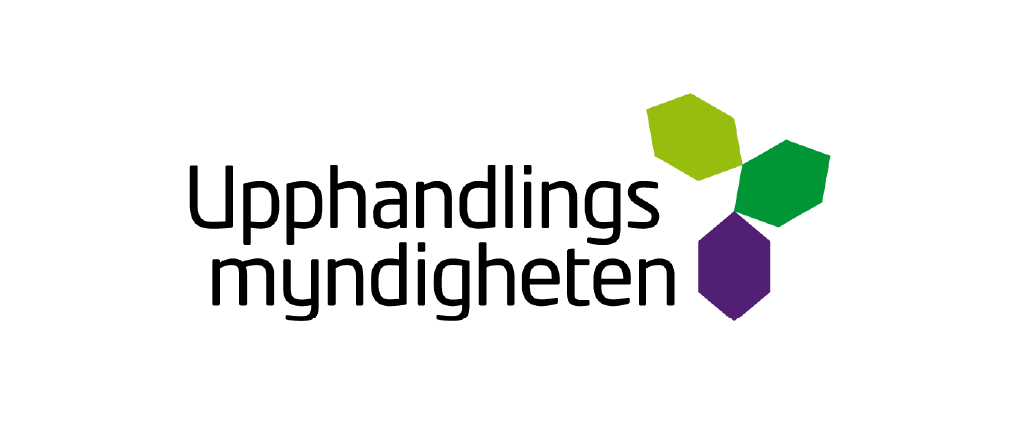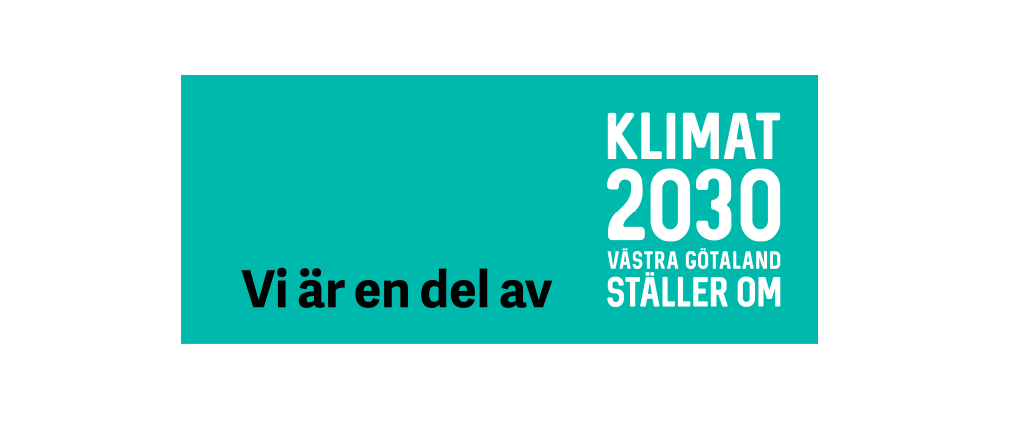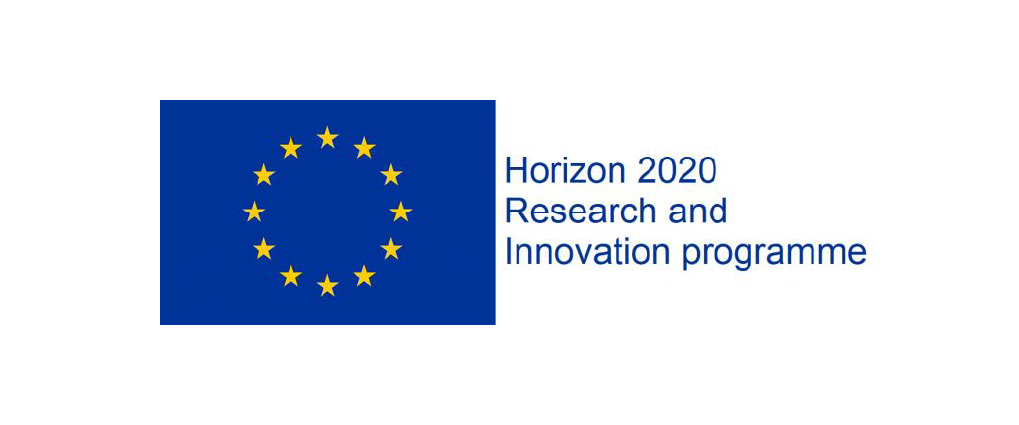Fjärrvärmekunders värme- och effektbehov
- Utgivare: Inst. för Energi & Miljö, Avd. Installationsteknik, Chalmers
- År: 1996
- ISBN:91-7197- 383-4
- Författare: Stefan Aronsson
- Typ: Avhandling
An extensive measuring project has been carried out by Gothenburg Energy which operates the Gothenburg district heating system. Over a period of 18 months, heat loads, water flows, temperatures, etc., were measured at 15 minute intervals at 50 substations. The project was carried out in co-operation with the Department of Building Services Engineering at Chalmers University of Technology, and ended up with approximately 15.106 measured data.
The main part of the substations studied supply multifamily buildings of various sizes and age. However, a number of substations do supply office buildings, and two small hospitals are also included in the measuring project. The way in which the measured data are handled and treated, and the outcome of the analysis and generalisation of the measuring results, are presented in this thesis.
One extensive part of the thesis deals with domestic hot water consumption in residential buildings. Here the annual heat consumption, the maximum flow, the maximum demand (kW), etc. are analysed in detail. The most significant result from this is a new and slightly modified design data curve, compared to the old Swedish standard, for flow through hot water heaters. Another part describes the total heat consumption of the build-ings supplied by district heating. Here also, the maximum heat demands have been studied. For example, one section deals with night shut-back of radiator tem-perature in buildings and the influence on the function of the district heating system.
Due to the magnitude of the project and a systematic way to handle both the measuring process and the dataobtained, the project contributes substantially to the knowledge about energy behaviour of different types of buildings in a large district heating system. The data gained have been analysed from different points of view. The study started out from the district heating point of view and is mainly focused on questions related to this. At the same time, the results describe the heat consumption pattern of the different buildings studied. This might be of interest from the point of view of the building owner and may contribute to general conclusions regarding building energy consumption.
Available at Chalmers library





